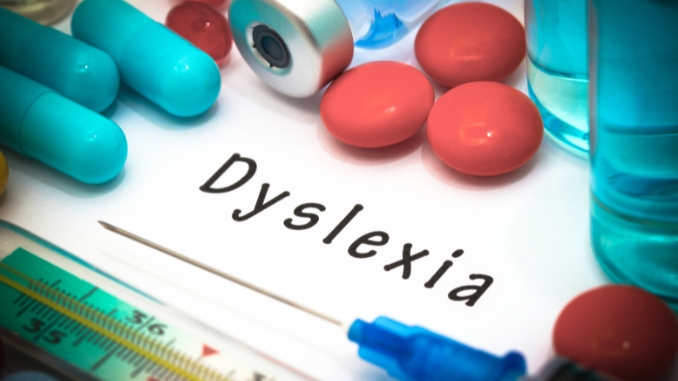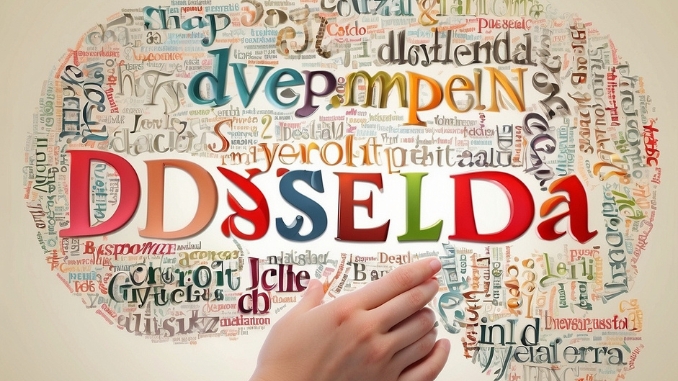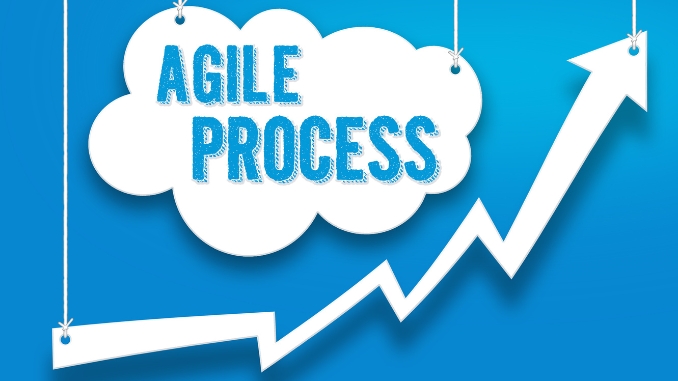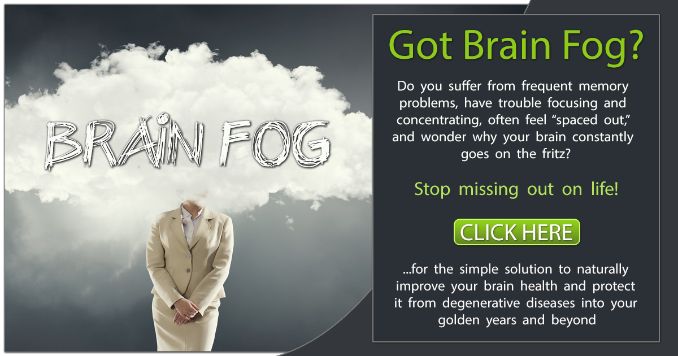In the realm of learning challenges, dyslexia stands out as a pervasive hurdle affecting individuals worldwide. If someone you care about grapples with reading, spelling, or writing, it could be dyslexia—a condition with diverse manifestations. Explore the diverse types of dyslexia, a pervasive challenge in learning worldwide. From phonological dyslexia hindering sound manipulation to surface dyslexia impacting word recognition, these variations shape the intricate landscape of this condition. Understanding these types is crucial for tailored interventions. Delve into symptoms, causes, and strategies in this guide, aiming to empower concerned parents, teachers, and individuals navigating the types of dyslexia.
What is Dyslexia?

Dyslexia is a learning disorder unrelated to intelligence or vision problems. This condition can be challenging for individuals to decode words, recognize patterns, and process language. This can lead to difficulties in academic performance and may affect self-esteem and confidence.
The causes of dyslexia can be classified as primary and secondary dyslexia. Primary dyslexia, often with a genetic basis, is present from birth and involves inherent difficulties in language-related tasks, particularly reading. Secondary dyslexia may be acquired later in life due to external factors such as brain injury, trauma, or environmental conditions, resulting in reading difficulties that develop postnatally.
Moreover, the clear cause of dyslexia is not fully understood. Still, research suggests a combination of genetic and environmental aspects may contribute to its development. It is important to note that dyslexia is not a result of laziness or lack of effort. It is a real and persistent challenge that requires appropriate support and interventions.
Common Signs and Symptoms of Dyslexia
Dyslexia can manifest in various ways, and the specific symptoms may vary from person to person. However, there are some common signs and behaviors that may indicate the presence of dyslexia. These can include:
- Difficulty in learning and remembering the alphabet
- Problems with phonemic awareness, such as identifying and manipulating sounds in words
- Slow and laborious reading, with frequent errors and difficulty in recognizing familiar words
- Poor spelling and difficulty in sounding out unfamiliar words
- Difficulty in understanding and following written instructions
- Challenges in organizing thoughts and expressing ideas in writing
- Trouble with sequencing and remembering information in the correct order
It is important to remember that dyslexia is a spectrum disorder, and individuals may exhibit varying degrees of combination of these symptoms. Early identification and intervention are important for supporting individuals with dyslexia and assisting them to reach their full potential.
What are the 4 Types of Dyslexia
Dyslexia can be categorized into different types based on the specific difficulties individuals experience. The three main types of dyslexia are phonological dyslexia, surface dyslexia, and rapid naming deficit dyslexia. Let’s look at each type and understand their unique characteristics.
1. Phonological Dyslexia
Phonological dyslexia, or dysphonetic dyslexia, is the most common type of dyslexia. Individuals with this kind of dyslexia have difficulty recognizing and manipulating the sounds of language, known as phonemes. This can affect their ability to sound out words, leading to challenges in decoding and spelling.
It is often characterized by difficulties in rhyming, blending sounds, and segmenting words into individual sounds. Individuals may struggle with phonemic awareness tasks, such as identifying words’ beginning, middle, and ending sounds. They may also need help connecting sounds to corresponding letters or letter combinations.
Furthermore, for individuals with dyslexia, interventions often focus on phonics instruction, highlighting the connection between sounds and letters. Multisensory approaches, incorporating visual, auditory, and kinesthetic techniques, can reinforce learning and also enhance reading and spelling abilities.
2. Surface Dyslexia
Also known as surface alexia. It is characterized by difficulties recognizing and remembering words’ visual appearance. Individuals with this kind of dyslexia struggle with word recognition and wildly irregular or unfamiliar words. They may rely heavily on phonetic strategies and need help with reading comprehension.
Surface dyslexia is often associated with difficulties in reading irregularly spelled words, such as “enough” or “colonel.” Individuals may have trouble with homophones, where different words sound the same but have different meanings and spellings, such as “there,” “their,” and “they’re.” This type of dyslexia can make reading comprehension challenging, as individuals may struggle to understand the meaning of words in context.
In addition, strategies for supporting individuals with surface dyslexia often involve explicit instruction in sight word recognition and vocabulary development. Visual memory techniques can help recall and recognize words, like color-coding or highlighting. Reading comprehension strategies and context-based learning can also improve understanding and retention of written information.
3. Rapid Naming Dyslexia
Rapid naming dyslexia, or double deficit dyslexia, is characterized by difficulties in quickly naming familiar objects, colors, or symbols. Individuals with rapid naming dyslexia may have trouble with rapid automatized naming tasks, requiring them to promptly call a series of visual stimuli, such as letters or numbers.
This type of dyslexia is often associated with slower processing speed and difficulties in rapid visual information processing. Individuals may struggle with tasks that require quick retrieval of information from memory, such as recalling letter sounds or naming colors. These challenges can also affect reading fluency and automaticity.
Interventions for rapid naming dyslexia often focus on improving processing speed and automaticity. Strategies may include repeated practice of immediate naming tasks, visual tracking, and cognitive training exercises. Additionally, providing additional time for completing tasks and reducing time pressure can help individuals with rapid naming dyslexia perform to their full potential.
4. Double Deficit Dyslexia
Double deficit dyslexia is a type of dyslexia characterized by difficulties in both phonological processing and rapid naming. Individuals with double-deficit dyslexia may struggle with decoding phonemes and quickly naming familiar symbols. This combination of deficits can significantly impact reading accuracy, fluency, and comprehension.
The underlying causes of double deficit dyslexia are still being studied, but it is believed to be associated with a combination of hereditary and environmental factors. Multisensory interventions targeting phonological processing and rapid naming skills can also benefit individuals with double-deficit dyslexia.
These interventions may include phonics instruction, explicit instruction in symbol naming, and strategies to improve working memory and processing speed.
Dyslexia Variations and Spectrum
1. Developmental Dyslexia
Developmental Dyslexia is a neurobiological condition characterized by difficulties in accurate and/or fluent word recognition and poor spelling and decoding abilities. Typically apparent during early schooling.
Features: Challenges in phonemic awareness, word recognition, decoding, and spelling.
2. Math Dyslexia (Dyscalculia)
A specific learning disability affects the understanding, learning, and application of mathematical concepts. Difficulties with basic arithmetic operations, numerical concepts, and real-world math skills.
Features: Challenges in number sense, arithmetic operations, mathematical reasoning, and memorization of math facts. Difficulty in understanding spatial arrangements in mathematical problems.
3. Trauma Dyslexia
Acquired dyslexia results from brain injury or trauma occurring later in life due to damage to the brain’s language processing areas.
Features: Specific features vary based on the location and extent of brain injury, leading to disruptions in reading, writing, and language processing.
4. Auditory Dyslexia
Challenges related specifically to auditory processing affecting the recognition and manipulation of sounds in spoken language.
5. Visual Dyslexia
Visual Dyslexia suffers from difficulties in visual processing, impacting the recognition and interpretation of visual information, particularly in reading and writing.
6. Executive Function Dyslexia
Involves challenges with executive functions such as working memory, cognitive flexibility, and attention, affecting the organization and execution of reading and writing tasks.
7. Speed of Processing Dyslexia
Challenges in the speed at which information is processed influence reading fluency and comprehension.
8. Orthographic Dyslexia
Difficulties specifically related to recognizing and remembering the visual form of words.
Environmental Factors
The impact of the environment, including the quality of education, instructional methods, and support systems, significantly influences the experience of dyslexia.
Recognizing the diverse manifestations of dyslexia is crucial for tailoring interventions and support to the unique needs of individuals on the dyslexic spectrum.
Overlapping Symptoms and Co-Occurring Conditions
While dyslexia subtypes provide a framework for understanding individuals’ specific challenges, it is important to note that symptoms can overlap between types. For example, an individual with dyslexia may experience phonological and surface processing difficulties.
Moreover, dyslexia often co-occurs with other learning disorders, such as dysgraphia (difficulty with writing) and dyscalculia (difficulty with math). Attention-deficit/hyperactivity disorder (ADHD) and executive function difficulties are commonly associated with dyslexia. Considering these overlapping conditions and providing comprehensive support tailored to the individual’s needs is essential.
Diagnosing Dyslexia – Assessments and Evaluations
Diagnosing dyslexia involves a comprehensive assessment process. It typically includes standardized tests, observations, interviews, and also evaluations of the individual’s reading, writing, and spelling abilities. A team of professionals, including educators, speech-language pathologists, and psychologists, may be involved in the assessment process.
The assessment aims to identify the specific difficulties the individual is experiencing and rule out other possible causes. It also helps determine the appropriate interventions and support strategies. Early identification and intervention are also crucial for minimizing the impact of dyslexia and promoting academic success and self-confidence.
Implications and Challenges
Each type of dyslexia presents its own set of challenges and implications.
- For individuals with phonological dyslexia, difficulties in decoding words can lead to slow reading speed, inaccurate decoding, and reduced reading comprehension.
- Surface dyslexia can impact reading fluency and comprehension, particularly with irregular words.
- Rapid naming dyslexia can hinder overall reading fluency and working memory capacity.
- Double deficit dyslexia combines phonological processing and fast naming challenges, affecting multiple aspects of reading and academic performance.
Moreover, understanding the specific challenges individuals face with different types of dyslexia is essential for implementing effective interventions and support strategies. By identifying the strengths and weaknesses of each individual, tailored approaches can be developed to address their unique needs and promote academic success.
Strategies and Support for Individuals with Dyslexia
strategies and interventions that can be helpful for individuals with dyslexia include:
- Multisensory approaches: Combining visual, auditory, and kinesthetic techniques can enhance learning and improve reading skills. For example, incorporating tactile activities, such as tracing letters or words in sand or using manipulatives for phoneme segmentation, can reinforce learning.
- Structured literacy programs: Structured literacy programs, such as the Orton-Gillingham or Wilson Reading System, focus on explicit instruction in phonological awareness — vocabulary, fluency, and comprehension. These systematic and sequential programs provide a strong foundation for reading skills.
- Assistive technology: This tool uses text-to-speech software, speech recognition software, and dyslexia-friendly fonts can support individuals with dyslexia in accessing and processing written information. Assistive technology can help improve reading accuracy, fluency, and comprehension.
- Accommodations and modifications: Providing accommodations and changes in the classroom can level the playing field for individuals with dyslexia. Examples of accommodations include extended time for homework and tests, preferential seating, and access to note-taking support. Modifications may involve adapting materials or lessons to suit the individual’s learning needs.
- Emotional support and self-advocacy: It’s essential to provide emotional support to individuals with dyslexia, as they may experience depression, anxiety, or low self-esteem due to their learning difficulties. Encouraging self-advocacy skills, fostering a positive mindset, and knowing the prevention of depression can empower dyslexic individuals to overcome challenges and build resilience.
It is important to remember that what works for one individual may not work for another. Tailoring interventions to meet each person’s unique needs is essential for successful outcomes.
Conclusion
Understanding the different types of dyslexia is crucial for providing appropriate support and interventions to individuals with these learning disabilities. From phonological dyslexia to surface dyslexia and rapid naming dyslexia, each subtype presents unique challenges and requires tailored strategies for improvement.
Early identification, comprehensive assessments, and targeted interventions can make a meaningful difference in the lives of individuals with dyslexia. By recognizing and addressing each individual’s specific strengths and challenges, we can create a more inclusive and understanding society that empowers those affected by dyslexia to thrive academically and personally.
Don’t wait until it is too late! Take control of your brain health now with the 14-Day Brain Health Quick Start Program!

Rick Kaselj MS, is a leading kinesiologist and injury specialist as well as co-creator of the best-selling Unlock Your Hip Flexors program. Rick creates exercise programs that help people heal injuries and eliminate pain, so they can go back to living a full, active, healthy life.



















